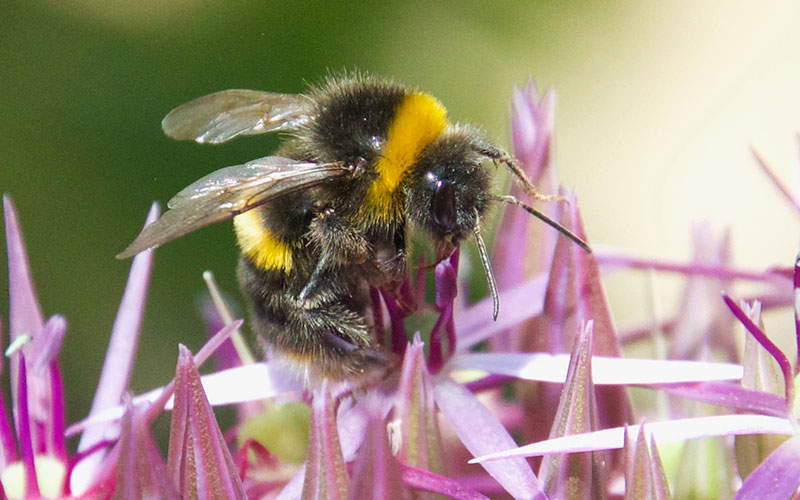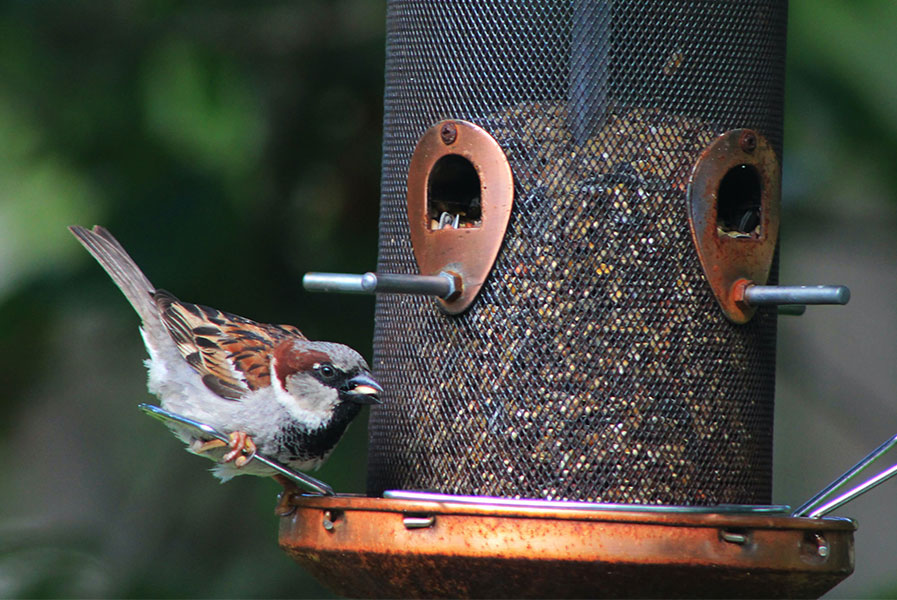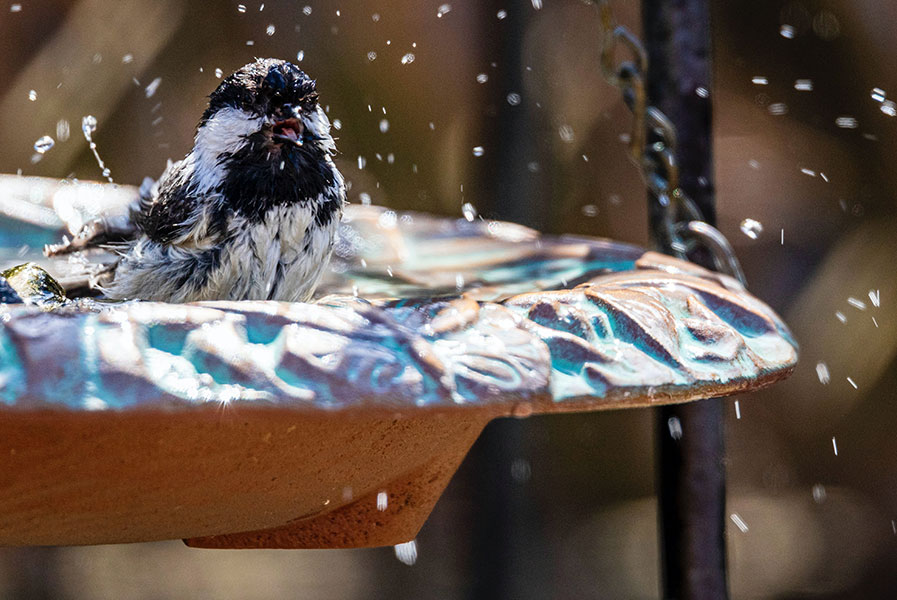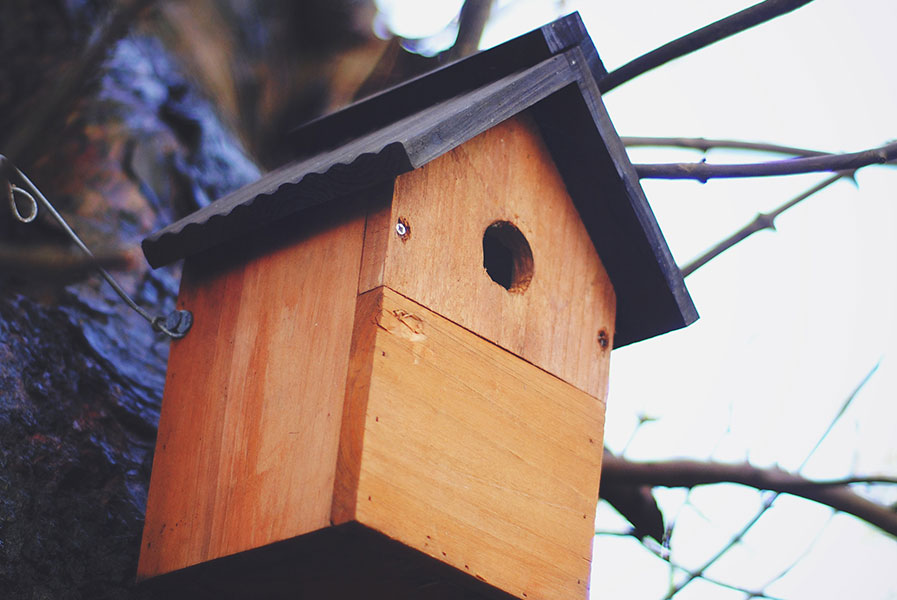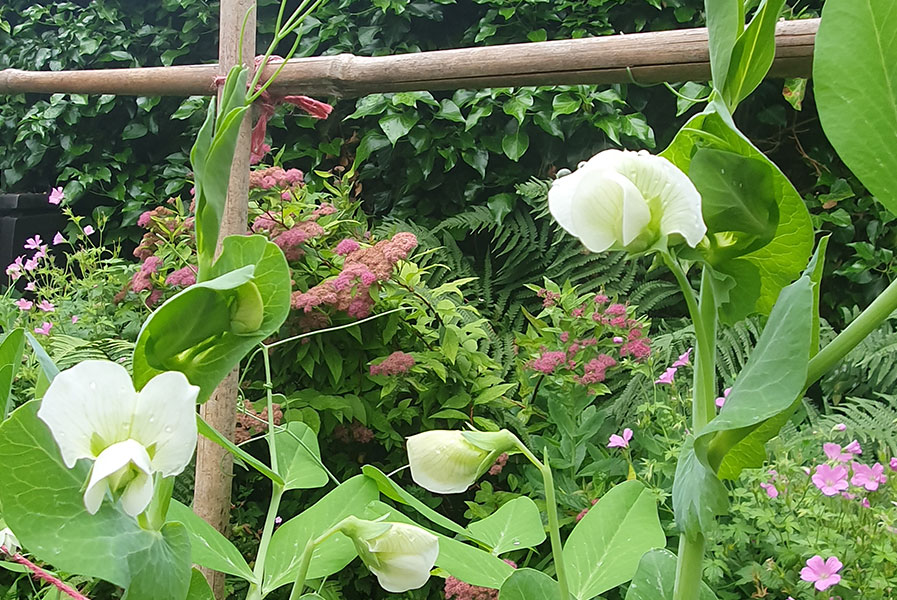Wild ideas for outdoor spaces
However large or small your outdoor space, you can support wildlife. The walls and window of a flat can be used as well as windowsills or balcony railings. Groups of containers can provide a little habitat and climbing plants or hanging baskets can make good use of vertical space.
The same key elements of Shelter, Food, Water and Garden Management apply to all wildlife-friendly outdoor space whether your plot is a windowsill or park!
Expand the sections below to find out more about our suggestions on how you can improve your outdoor space or have a look at our handy checklist of features that are included in the Wildlife Gardens Awards scheme.

